16 Apr From Vaqueros to Cowboys
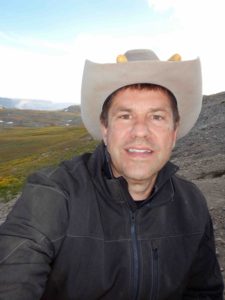 The word “Cowboy” first appeared in the English language in 1725. It was a translation of the Spanish word “Vaquero”. Vaquero means a person who managed cattle on horseback. The term “cowboy” means “a boy who tends cows.” Cowboys began their careers as young as eleven or twelve years old, and began earning wages as soon as they had enough skill to be hired.
The word “Cowboy” first appeared in the English language in 1725. It was a translation of the Spanish word “Vaquero”. Vaquero means a person who managed cattle on horseback. The term “cowboy” means “a boy who tends cows.” Cowboys began their careers as young as eleven or twelve years old, and began earning wages as soon as they had enough skill to be hired.
The Spanish settlers brought their cattle raising traditions and horses to the Americas, arriving in Mexico at what was later to become the Southwestern United States. Therefore, the people saw a big change in the area due to the Spanish influences.
The cowboy tradition of ranching was inherited from the Spanish and Mexican vaquero. That style of ranching was imported to the Americas after it was discovered that the dry climate and sparse grass would be sufficient for what the large herds of cattle would require. The need to cover such a vast area was more than a herder on foot could manage, so that gave rise to the horse-mounted Vaquero.
The earliest horses were originally Andalusian, Barb and Arabian blood. American horse breeds later developed either by selective or natural breeding the animals that escaped and became wild. The wild offspring of domestic animals later became known as mustangs.
In the early 1700s, many of the Vaqueros were Native Americans who were trained by the Franciscan missionaries to work in the Spanish missions and care for the mission herds. Vaqueros traveled and lived where the livestock ranged.
When the English-speaking settlers began to come west, the cultures merged somewhat. These settlers traded goods for the hides and tallow that was produced from the large ranches.
After the Mexican American War, there were thousands of wild mustangs and cattle that had been abandoned. The wild herds of mustangs that roamed the plains were rounded up, caught, and trained and marketed by mustangs who were cowboys and vaqueros. The cowboys learned many techniques that were used by the vacqueros and along with these techniques picked up Spanish words and adopted them into the English language.
The Mexican Vaqueros influenced the American Cowboy’s clothing. The vaqueros wore the low crowned hats, which was later replaced by the high crowned broad brimmed sombreros, bolero jackets and sashes. Their leather leggings were wrapped to the knee and spurs were attached to the buckskin shoes. This later changed to boots and large troweled spurs.
Cowboy attire was and still is important, especially to those who live in the West – from the broad-brimmed Stetson hats, western shirts with curved yokes and buttons or pearl snaps, to the hand-tooled belts and fancy buckles. Don’t forget a good pair of Levis or Wranglers and the best pair of boots the cowboy could afford. Finish that look with a fine bandanna to wear around his neck to keep the dust and sweat from running, which was also worn for warmth by the Northern Cowboys. The working cowboys had woolly chaps that were made of leather with the hair left on an antique pair of these made out of Grizzly Bear can be found in the Heart 6 Ranch Lodge. This attire was originally developed in California and brought to Northern cowboys by vaqueros who drove cattle to Oregon, Montana and Wyoming ranches and mining camps during the 1860 through the early 1900’s. The woolies were great for protecting cowboys from the cold Northern plains.
The cowboy was drawn from many nationalities – Mexican, Spanish, Native American, African American and every walk of life. Many worked on ranches and/or owned their own ranches. Whatever the case, the cowboy shoes his traditions and way of life.
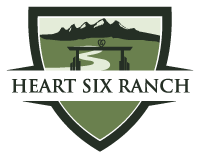

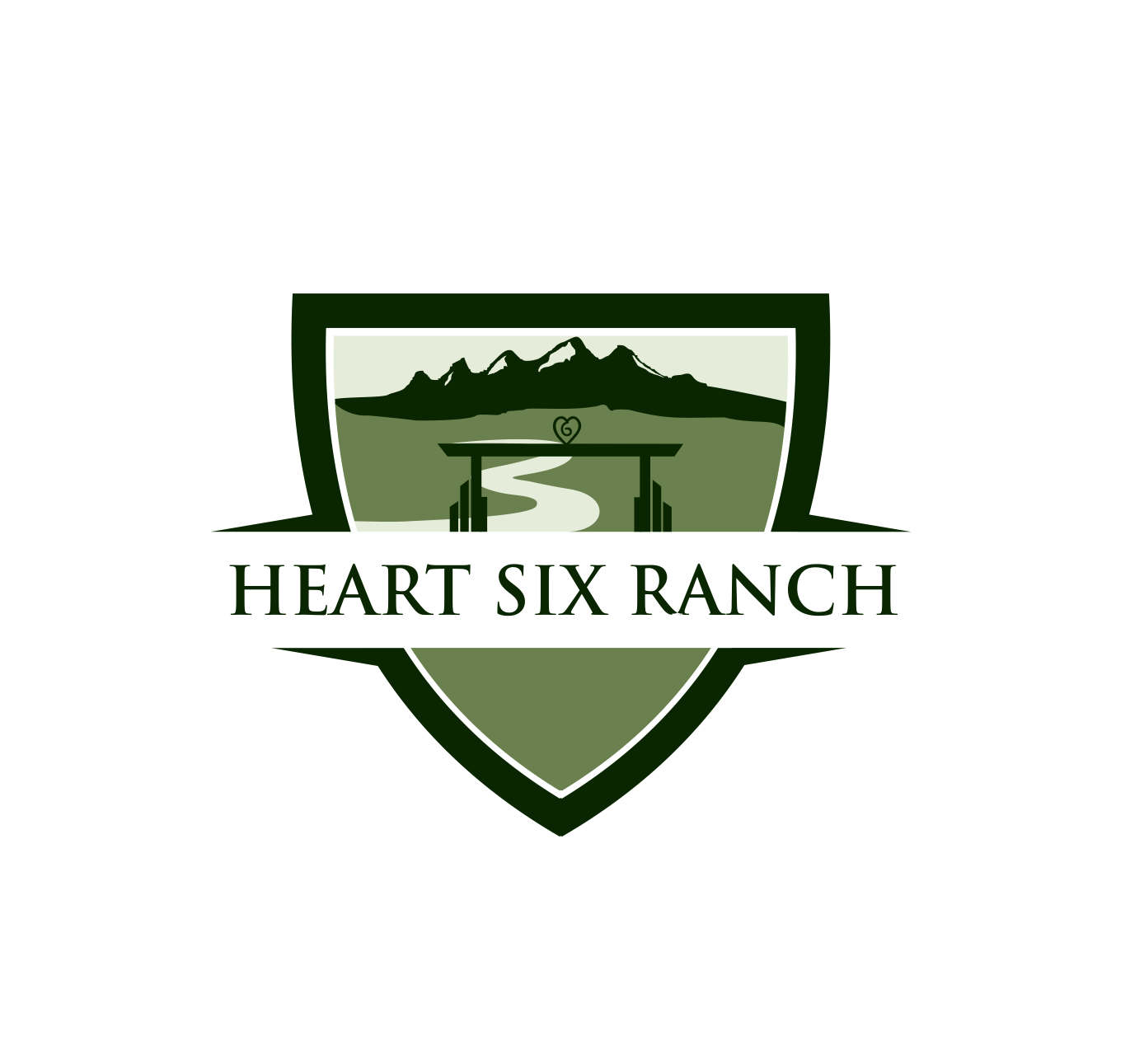
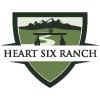
Sorry, the comment form is closed at this time.